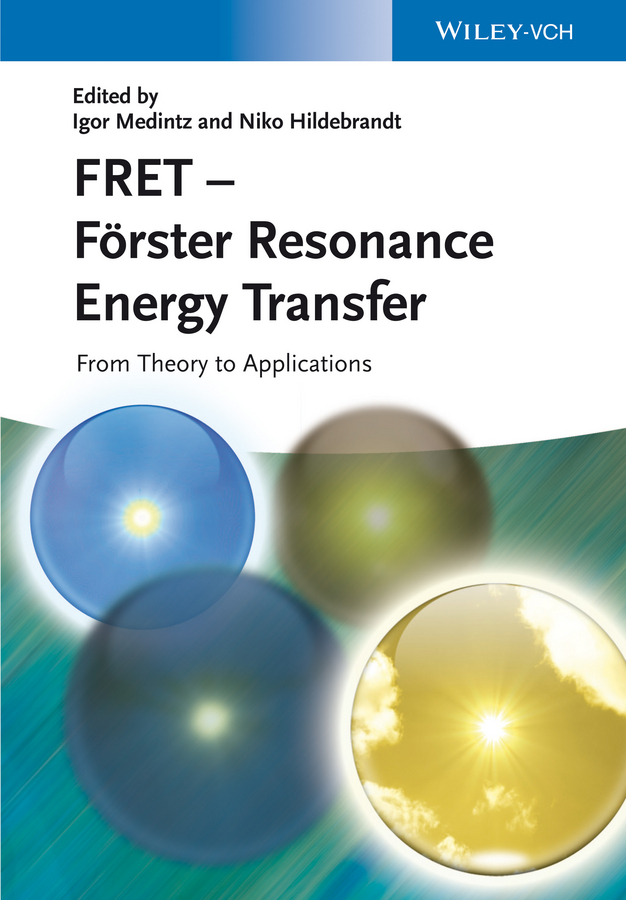Электронная книга: Niko Hildebrandt «FRET - Förster Resonance Energy Transfer. From Theory to Applications»

|
Meeting the need for an up-to-date and detailed primer on all aspects of the topic, this ready reference reflects the incredible expansion in the application of FRET and its derivative techniques over the past decade, especially in the biological sciences. This wide diversity is equally mirrored in the range of expert contributors. The book itself is clearly subdivided into four major sections. The first provides some background, theory, and key concepts, while the second section focuses on some common FRET techniques and applications, such as in vitro sensing and diagnostics, the determination of protein, peptide and other biological structures, as well as cellular biosensing with genetically encoded fluorescent indicators. The third section looks at recent developments, beginning with the use of fluorescent proteins, followed by a review of FRET usage with semiconductor quantum dots, along with an overview of multistep FRET. The text concludes with a detailed and greatly updated series of supporting tables on FRET pairs and Forster distances, together with some outlook and perspectives on FRET. Written for both the FRET novice and for the seasoned user, this is a must-have resource for office and laboratory shelves. Издательство: "John Wiley&Sons Limited"
ISBN: 9783527656059 электронная книга Купить за 21543.72 руб и скачать на Litres |
Другие книги схожей тематики:
| Автор | Книга | Описание | Год | Цена | Тип книги |
|---|
См. также в других словарях:
Förster resonance energy transfer — (abbreviated FRET), also known as Fluoresence resonance energy transfer or resonance energy transfer (RET), describes an energy transfer mechanism between two chromophores. A donor chromophore in its excited state can transfer energy by a… … Wikipedia
Fluorescence correlation spectroscopy — (FCS) is a common technique used by physicists, chemists, and biologists to experimentally characterize the dynamics of fluorescent species (e.g. single fluorescent dye molecules in nanostructured materials, autofluorescent proteins in living… … Wikipedia
DNA nanotechnology — seeks to make artificial, designed nanostructures out of nucleic acids, such as this DNA tetrahedron.[1] Each edge of the tetrahedron is a 20 base pair DNA double helix, and each vertex is a three arm junction. DNA n … Wikipedia
